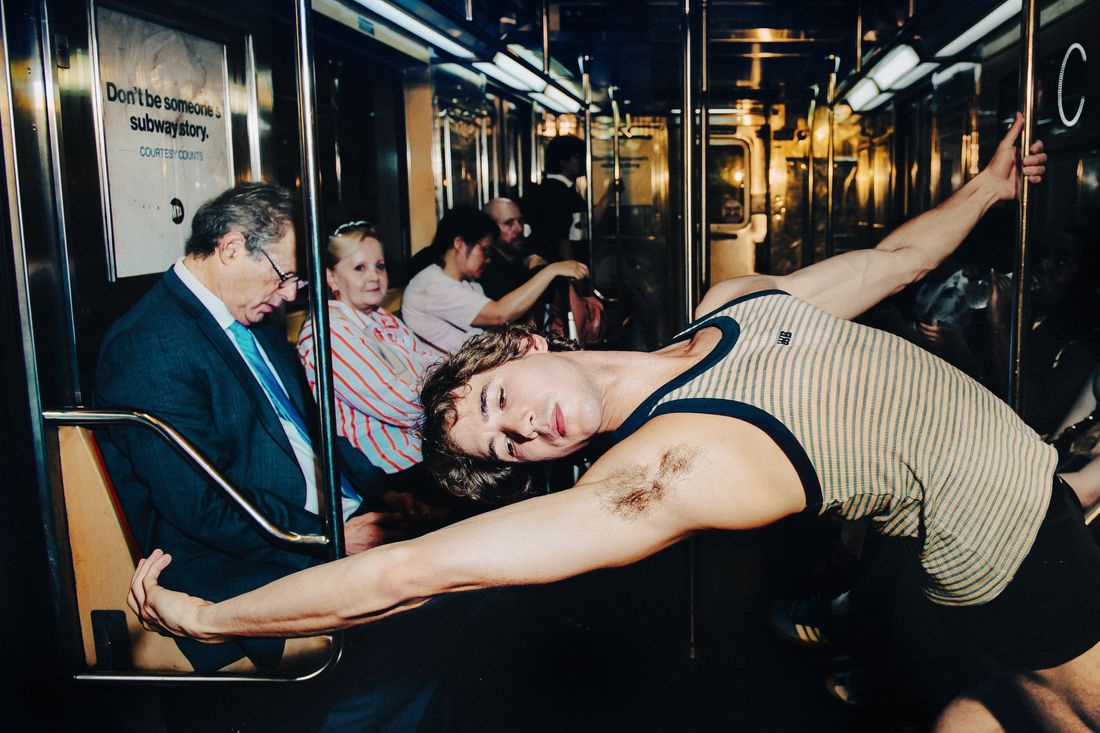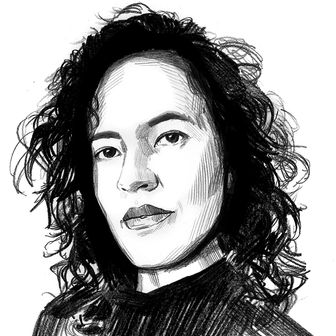
Joseph Gordon was promoted from soloist dancer to principal at New York City Ballet six years ago. He was then the youngest principal at the company. Now, at 32, he feels he’s hitting his stride: experienced enough to finally let loose and confident enough to be vulnerable onstage. When New York Magazine spoke to Gordon in August, he was planning to perform in three ballets this fall, including the comic Coppélia with choreography by George Balanchine and Alexandra Danilova, which opens September 27. This month, he announced he would not be dancing this season in order to recover from an injury.
Right now, I’m dealing with knee tendinitis. Dancers are always dealing with injuries, always doing some kind of physical therapy to strengthen whatever muscle group isn’t working — and the older I get, I’m finding I can’t really take time off. You mentally need the break, but you have to stay active, you have to be in the gym. Technically, though, rehearsal for the season starts four weeks out. After I wake up I try to do some breath work and a little mat Pilates at home, and then a dancer’s day begins with at least an hour of class to warm up. Then we rehearse.
We’re never just working on one thing, so depending how busy you are, you could have three to four hours of rehearsal a day. You have to prioritize: What am I going to do full out? Sometimes during rehearsal we might choose to mark instead, which means moving around the space, usually doing your upper body full out but without pounding it on your legs. You get a lot out of that — it helps you plug the music into your body. These decisions really fall to you, although we do have repertory directors, whose job it is to rehearse us and coach us in the role. We’re working up to the final dress rehearsal, what we call a “complete.” That usually happens the night before we open because you can’t do it all in one day and then do it again at night — that would be crazy.
I think I’m in some of my best years, dancing-wise. When I turned 30 I thought, Oh, my God, I’m gonna feel so old. But actually, you deepen as an artist. Last year the choreographer Alexei Ratmansky made this piece for me called Solitude, inspired by the war in Ukraine, and it broke something — there was a deepening that happened. It was very dark and very personal; it dealt with grief and the dislocation you feel after death, which I know well but haven’t been able to express in this art form. Because of my technical abilities, I was kind of typecast in the company to do more classic work, probably what you’d think of as typical ballet. This was much more human and raw. I had to let go onstage and trust myself, learning how to hold space without doing too much. It gave me the freedom to take risks.
Coppélia was my first full-length ballet that I ever did before I was promoted to principal dancer. It was 2018, and I was concerned with trying to prove myself — I don’t want to say it was a test, but it was like if I could do it I would have a really good shot at being promoted. And, in fact, four months later, I was. Now I’ve changed, I’ve grown, I’ve improved. I’m looking forward to embodying the role from a more seasoned perspective. Even though my character Franz, is, for lack of a better term, kind of a fuckboy.
Now I might not be dancing out my demons onstage, but the growth that happened during that, you take it with you. Coppélia is more lighthearted, with pantomime to tell the story. It’s mischievous. Like, in one of the first scenes I have with Franz’s love interest, Swanilda, we’re both trying to catch a butterfly. It’s this moment of flirting with someone and all of a sudden you realize what’s going on. I try to bring a youthful innocence to it. However, Coppélia is also quite hard technically. There’s this pas de deux in the third act that’s challenging: After you’ve done this huge series of cabrioles and leaps across the stage and entrechats, which are these, you know, jumps where you beat your legs in the air and switch them, then you turn around and do this series of pirouettes where you’re basically turning on one leg and then jumping up in the air, spotting twice, and landing in a second position. You’re doing this series over and over again to whirling-dervish music. It’s wonderful. Really free. And, you know, the audience just goes nuts if you nail it.
After Solitude, people were like, “Oh, you’ve arrived.” I always thought that I was a present performer, connected, but I’ve been hearing that people thought I was kind of reserved. Maybe Solitude allowed me to blast through that. I don’t want to be reserved anymore. I don’t want to hold back. For me, the performance is the relief: It’s in my hands now. It’s the fun part. It’s the payoff. There’s such a chemical thing that happens in your brain. You don’t feel the pain you feel in rehearsal. You feel supercharged. And I guess I’m addicted to that. It’s the most freeing because at the end of the day, all the work you’ve done is done. This is your time to leave it on the floor.


